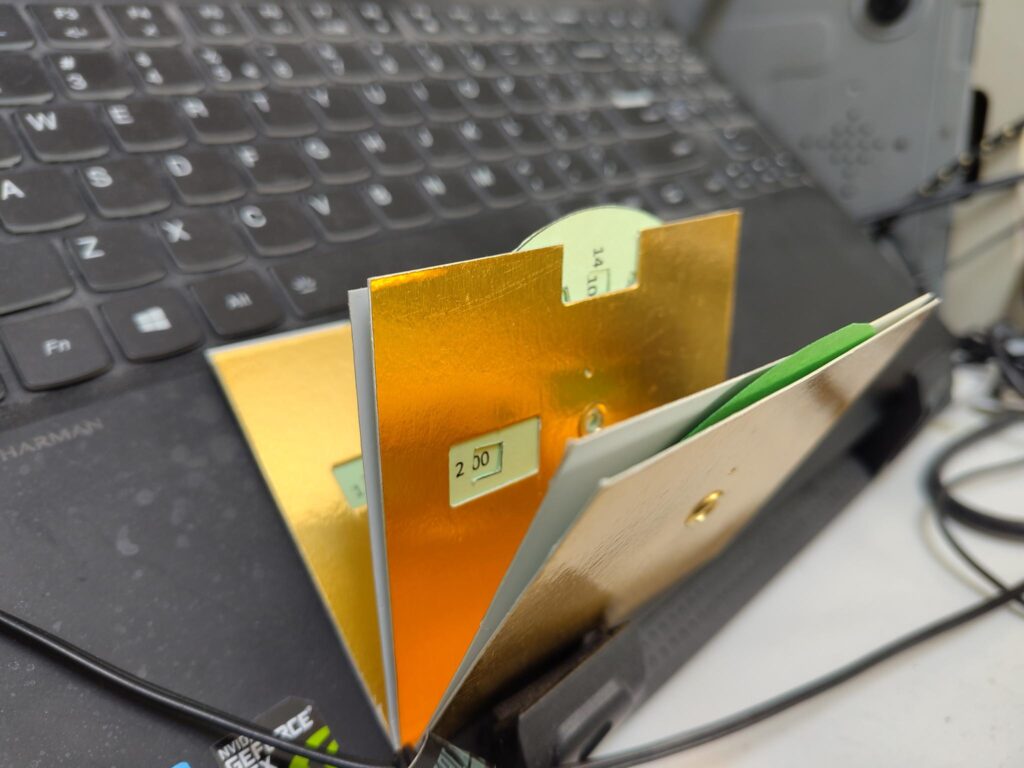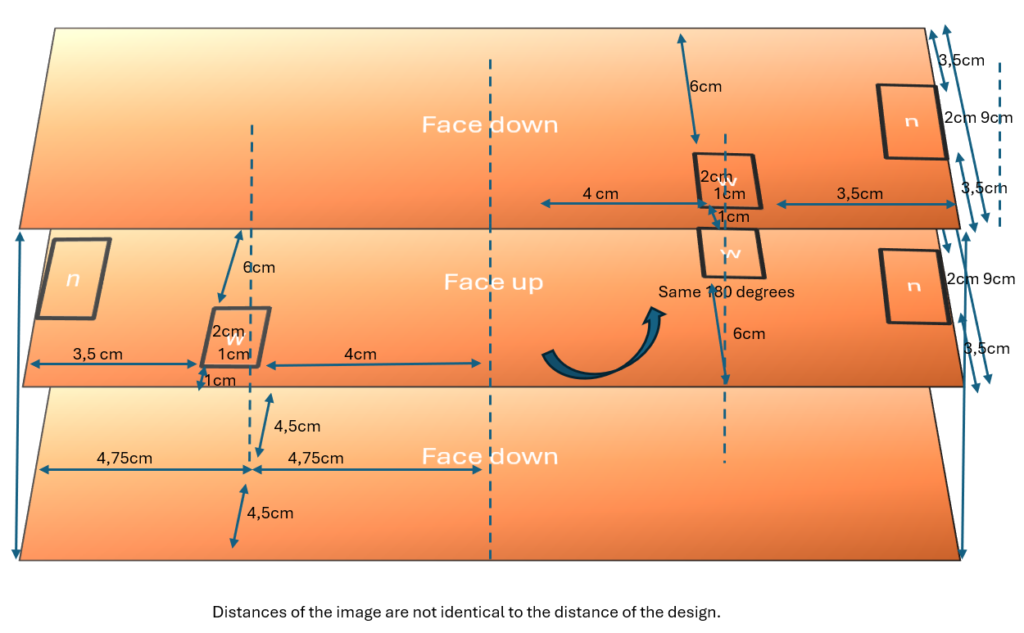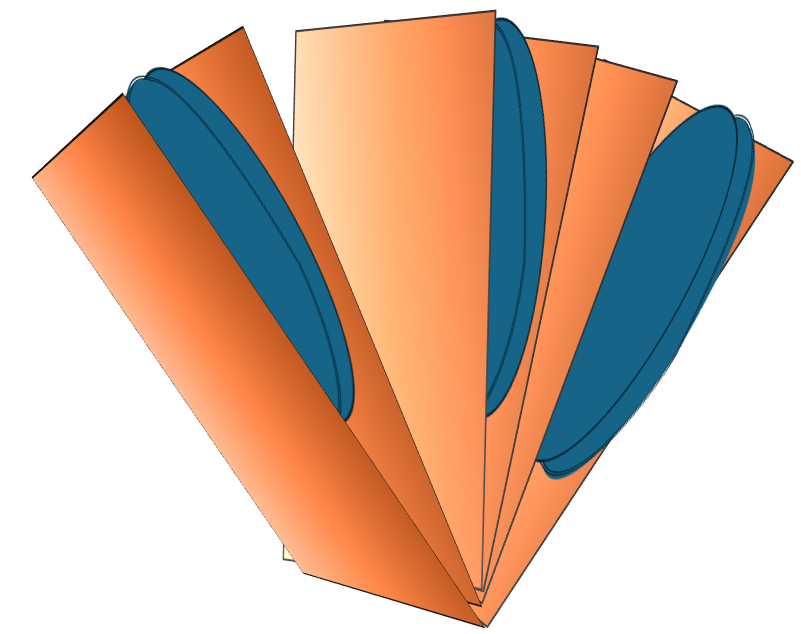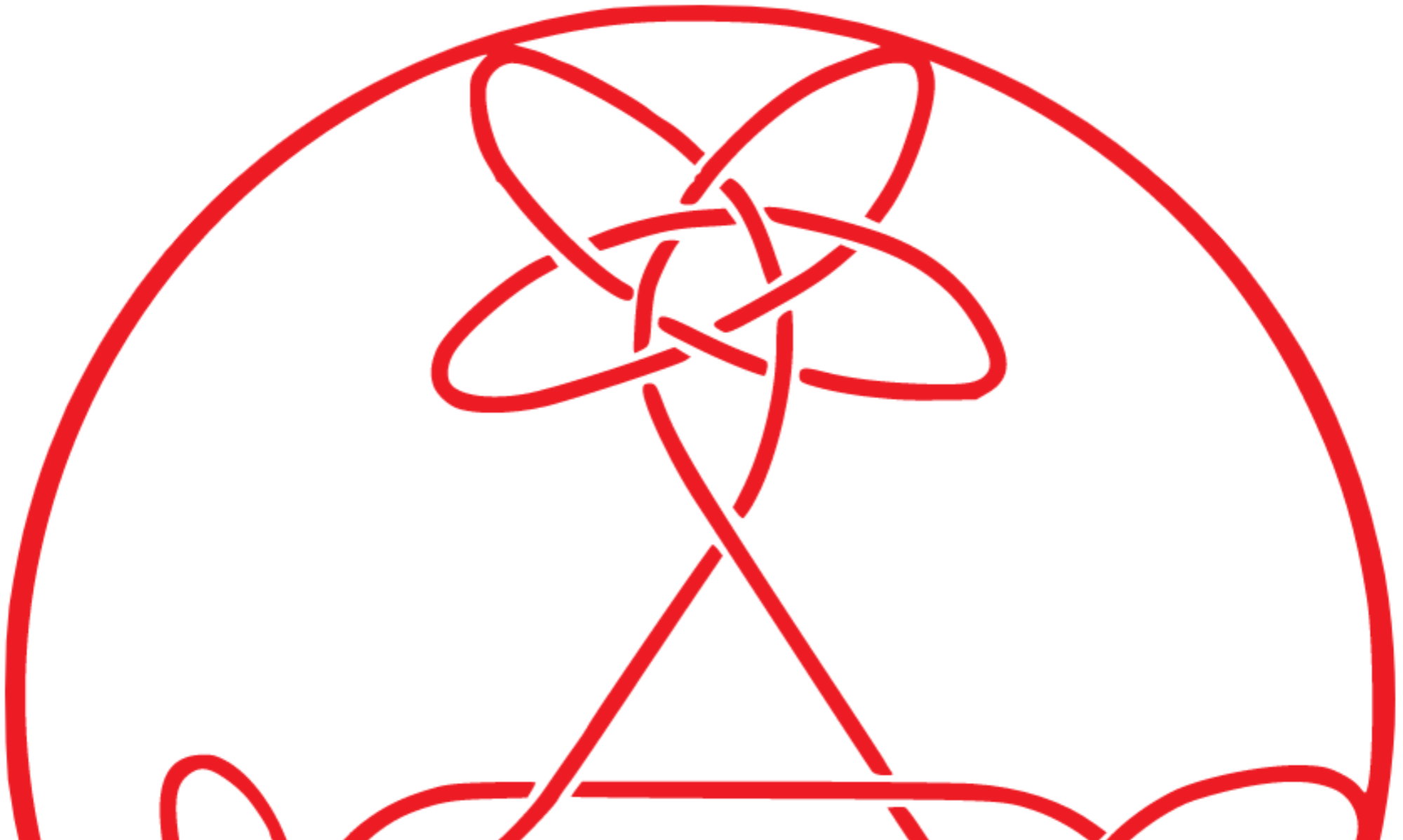This post provides everything necessary to build an individual circular value instrument.

Name: Ommewende meter
Impression of the metering-tool: see right.
Usage : please await next post or schedule meeting.
Description: 3 pair of cardboard wheels on pocket size with functional labels. Used to manually change a circular quantity.
Tools needed
Using eyelet rings: 6mm hole punch and hammer (alternative: pushpins and a pliers) and a peace of wood (if you like to keep your table nice and shiny).
0,6×1 cm square punch, 1 x 2 cm punch.
Normal scissors and preferably an edged scissor.
One A4 printer with backtray loader.
Supplies needed for one Ommewende Meter
3x 6mm eyelet rings with same size eyelet template and punch tool;
A4 cardboard (thin, max 300 gr. for example photo cardboard);
A3 cardboard (thicker, 700 gr, for example A3 size Gold Metallic)
Download and print 6 wheels (follow the link below):
Prepare the cardboard circles
- Cut the circles with the squares using normal scissors;
- Cut the circles without the squares using edged scissors preferebly;
- Punch the 0,5×1 cm squares like indicated;
- Punch the 6mm holes in the center of all the circles (alternative with pushpins: skip this step).
Prepare the pocket model
- Cut the cardboard pocket holder using plate A, B and C.
- A: no window (see below);
- B: 2 windows and 2 notches on both sides (see below);
- C: 1 window and 1 notch on the right side only (see below);
- Place A under with the gold/color facing down, place B over A with the gold/color facing up, place C over B with the gold/color facing down.
- Use the staples exactly in the center fold.

plate C face down
plate B face up
plate A face down
B= 17x9cm A=+0.1 L
C=-0.1 L
Note: centers are punched in the next step (exactly in pairs!).
Punch pocket holder (skip when using alternative)
A. Fold plate C through the middle so that the color surface faces outward and blanc faces inward. Punch a 6mm diameter hole in the center (hammer one time through both sides, use a wooden block).
B. Fold plates A and B so that the pocket model is good. Punch a 6mm diameter hole in the center of the left-side of A+B together (they are one pair) and of the right-side of A+B together.
Place wheels

Assemble the complete model in the following order from bottom to top (for each pair of wheels):
- Place an eyelet template tool (replace by a pushpin as alternative);
- Place an eyelet ring 5mm heightx6mm diameter (skip when using alternative);
- Place respectively Pair1=A left, Pair2=C left, Pair3=A right;
- Place the wheel without squares (back, least significant digits) exactly in the middle;
- Place the wheel with squares (top, most significant digits) exactly in the middle;
- Place respectively Pair1=B right, Pair2=C right, Pair3=B left;
- Place an eyelet closer ring and punch the eyelet ring together (or fold the pushpin as alternative using the pliers).
Finalize the Ommewende meter tool
Prepare 3 labels (using stickers or arrows with your own design and language).
- talent development;
- product development;
- teamwise harvest (or communal harvest);
There is now one single number-window on the left side and a number-window pair on the right side.
The single number-window (1) is left labelled as talent development; The pair is labelled respectively (2=product development) and (3=communal harvest).
Note that if 10 or 20 of these tools are made, that the steps above are done in batches. That allows for efficient working.
What is circular value
Circular value (in the context of Steiner’s economical course) is defined by an experimental/imaginary team or community as value by labor meant solely for the benefit of the team/community. In order to develop circular value, a credit is provided by decision of the team for talent development. Value of the product of labor is calculated based on a circular principle so that it can only be calculated if the product stays inside a circulation (experienced teams are also able to calculate inter-team values). Talent development credit is a burn-down: Products circulate based on an equal amounts of talent development burnt-down. For each step in a circulation, a percentage is going back to the community as a burn-up; eventually a balance is established between burn-down (=talent development), in-circulation (product development) and burn-up (communal harvest). Circular value provides benefits for both the individuals as well as the team/community as a whole and is only considered value as long as it stays within the boundaries of the circulation.
In the next post, the last two experiment results will be shared. Based on international interest an international description of how to start such an experiment will be added also. To start an experiment in the own region, it is necessary to make these pocket size Ommewende meters first. We found in a digital experiment that it hinders if the magic is done automatically, because that hides the simplicity and makes people subject to something unknown. A physical pocket model is beneficial for simplicity, transparency about new skills/talents and independence from non-circular prerequisites/infrastructure.
